Energy-Efficient Design Has Moves Beyond a Marketing Hook
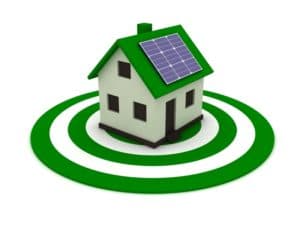
While consumers may identify with green buildings, they are often not willing to pay more to live in one. Or at least not much more. According to the National Multifamily Housing Council’s 2016 Resident Preferences Survey, respondents reported that they were willing to pay an additional $32.64 each month to live in a LEED-certified building. For the sake of comparison, that is $10 less than they would pay for an on-site fitness center. Thus, while favorability of “green” as a concept is top of mind for many developers, it is ultimately the growing cost efficiency that has driven the trend.
It’s true that building codes have become increasingly more rigorous on energy conservation and better building practices are more commonplace. Building enclosures, for instance, are now required to use continuous insulation to reduce heat loss and thermal bridging, and lighting wattage is closely regulated. The amount and type of glazing also require greater scrutiny to meet the latest energy standards. Often, local zoning codes even allow added floor area for certified green buildings, providing a financial incentive.
However, this standardization of energy efficient design has also contributed to driving down the price of efficiency measures, no longer an added cost but rather part of the project. For example, high-efficiency plumbing fixtures that support reduced hot water use were once considered an anomaly and not readily available. Today, they are more available and affordable than ever. Similarly, LED lighting used to cost about $50 per fixture, but the current price is closer to $15. Today, lighting has become the “low hanging fruit” of energy efficient design and can shave 4-6 percent off a monthly energy bill.
Other measures may be costlier up front, but can provide attractive ROI down the road. Direct exchange ground-source heat pumps, can heat and cool the interior, and even supply a building with hot water. Compared to air-source heat pumps, they last longer and need less maintenance, increasing ROI in the long-term.
Some multifamily buildings house micro turbines, converting natural gas into electricity for less than local market cost, while reducing a building’s carbon footprint. The up-front cost can be substantial, but for the developer who has a long-term hold strategy, the investment can pay off considerably. In Philadelphia, the trend is becoming more prominent, evidenced by new developments such as the FMC Tower at Cira Center South and the East Market’s trendy West Tower, both pursuing LEED certifications.
Still, the hurdle of certification cannot be ignored; LEED registration and certification could run more than $20,000 and require a careful balancing act. Also, LEED certification levels are determined only partially by energy efficiency, so to focus more on building energy use, other certifications have emerged.
One such certification that can apply to multifamily housing is Passive House. Originating in Germany in 1988, the design concept regulates space heating and cooling demand, primary energy demand, airtightness and thermal comfort. Interestingly, Passive House has found a niche in senior housing communities. The reason? ROI, of course. In an industry where builders are often owner/operators, making the investment is a strategic long-term move.
Other certifications such as Net Zero Energy might be similarly advantageous. Developed in 2011, the classification system focuses on harnessing energy from the sun, wind, or earth to exceed net annual demand. Promising simplicity and savings of both time and money, what is most intriguing is that nearly any building can make the criteria if the owner commits to it. Strategic additions of solar panels, high-performance envelopes, or air barrier systems can help even an older building achieve certification.
Still, consumer choice will always play a role, and even override social sensibilities when the price is right. Many decisions, like opting for a low-VOC odorless paint, might be a no-brainer because they do not affect the aesthetics. However, it is still a modest percentage of residents that prefers recycled glass countertops over granite, despite the environmental impact of quarrying the latter. When the cost of outsourcing high-end finishes is on par with that of the sustainable but less “luxe” option, you can guess which yields the greater marketing appeal.
While the draw of green building and energy efficient design is undeniable, it ultimately comes down to the financial bottom line; whether you’re talking about materials, certification, or leasing potential, energy efficiency is just as much about smart building as it is about being green.
Source: multihousingnews.com

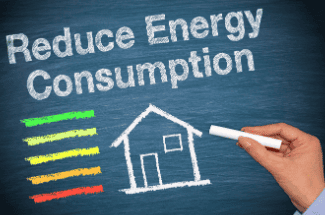



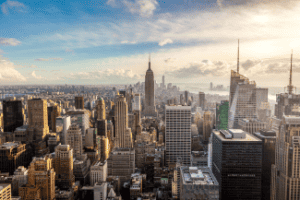
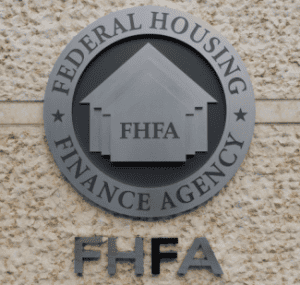
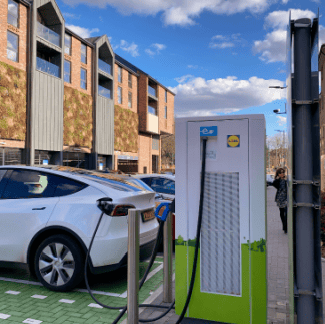







 Accessibility
Accessibility